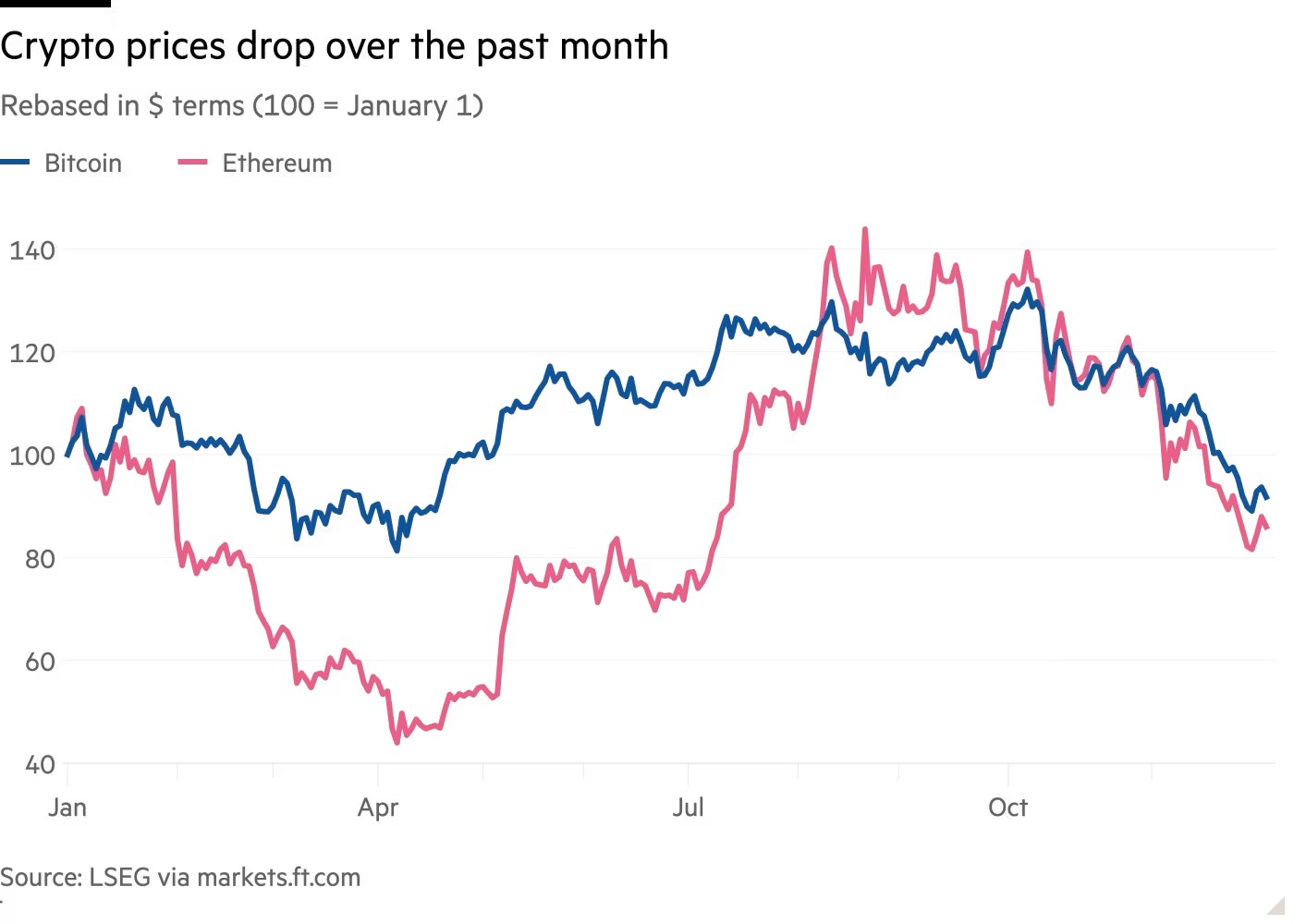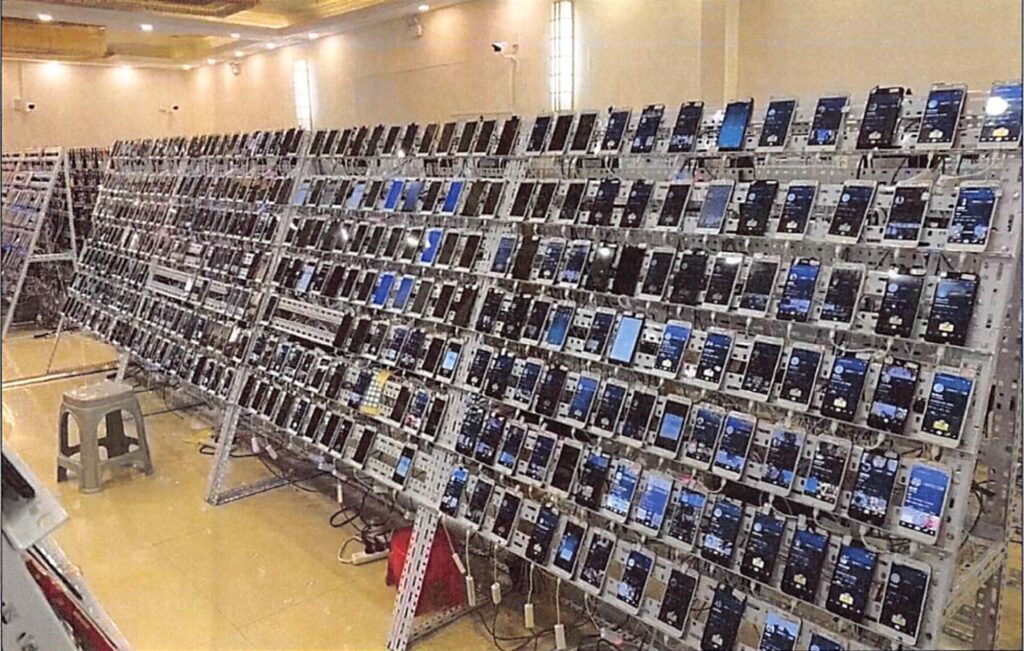Crypto hoarders dump tokens as shares tumble
“It was inevitable,” said Jake Ostrovskis, head of OTC trading at Wintermute, referring to the sell-off in digital asset treasury stocks. “It got to the point where there’s too many of them.”
Several companies have begun selling their crypto stockpiles in an effort to fund share buybacks and shore up their stock prices, in effect putting the crypto treasury model into reverse.
North Carolina-based ether holder FG Nexus sold about $41.5 million of its tokens recently to fund its share buyback program. Its market cap is $104 million, while the crypto it holds is worth $116 million. Florida-based life sciences company turned ether buyer ETHZilla recently sold about $40 million worth of its tokens, also to fund its share buyback program.
Sequans Communications, a French semiconductor company, sold about $100 million of its bitcoin this month in order to service its debt, in a sign of how some companies that borrowed to fund crypto purchases are now struggling. Sequans’ market capitalization is $87 million, while the bitcoin it holds is worth $198 million.

Credit: LSEG
Georges Karam, chief executive of Sequans, said the sale was a “tactical decision aimed at unlocking shareholder value given current market conditions.”
While bitcoin and ether sellers can find buyers, companies with more niche tokens will find it more difficult to raise money from their holdings, according to Morgan McCarthy. “When you’ve got a medical device company buying some long-tail asset in crypto, a niche in a niche market, it is not going to end well,” he said, adding that 95 percent of digital asset treasuries “will go to zero.”
Strategy, meanwhile, has doubled down and bought even more bitcoin as the price of the token has fallen to $87,000, from $115,000 a month ago. The firm also faces the looming possibility of being cut from some major equity indices, which could heap even more selling pressure on the stock.
But Saylor has brushed off any concerns. “Volatility is Satoshi’s gift to the faithful,” he said this week, referring to the pseudonymous creator of bitcoin.
© 2025 The Financial Times Ltd. All rights reserved. Not to be redistributed, copied, or modified in any way.
Crypto hoarders dump tokens as shares tumble Read More »















